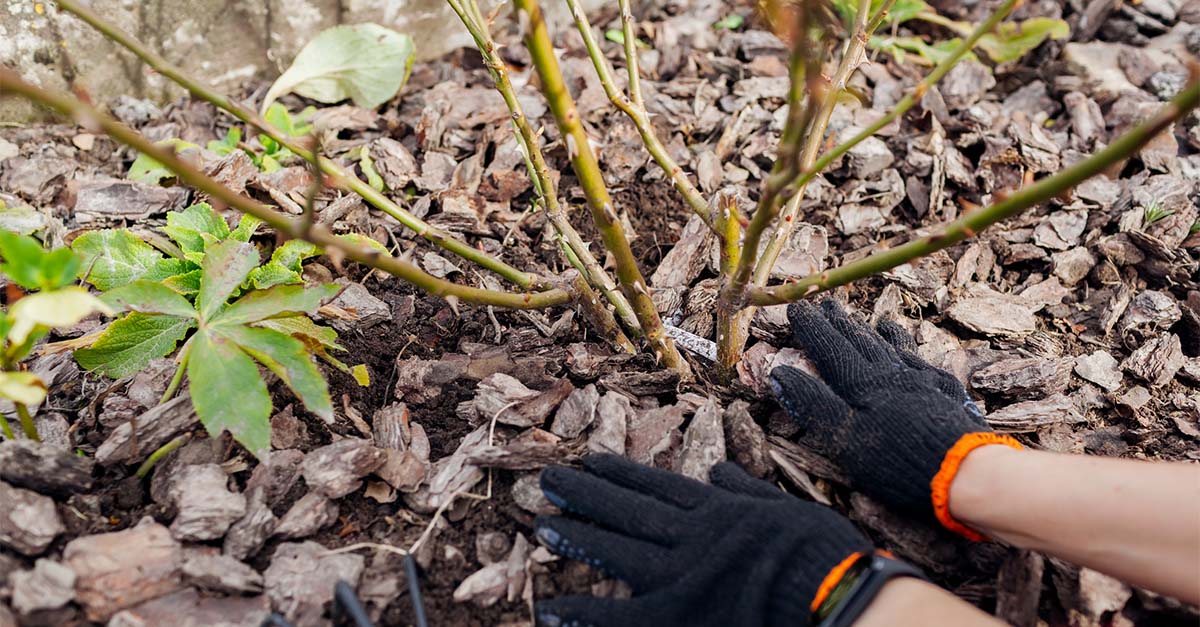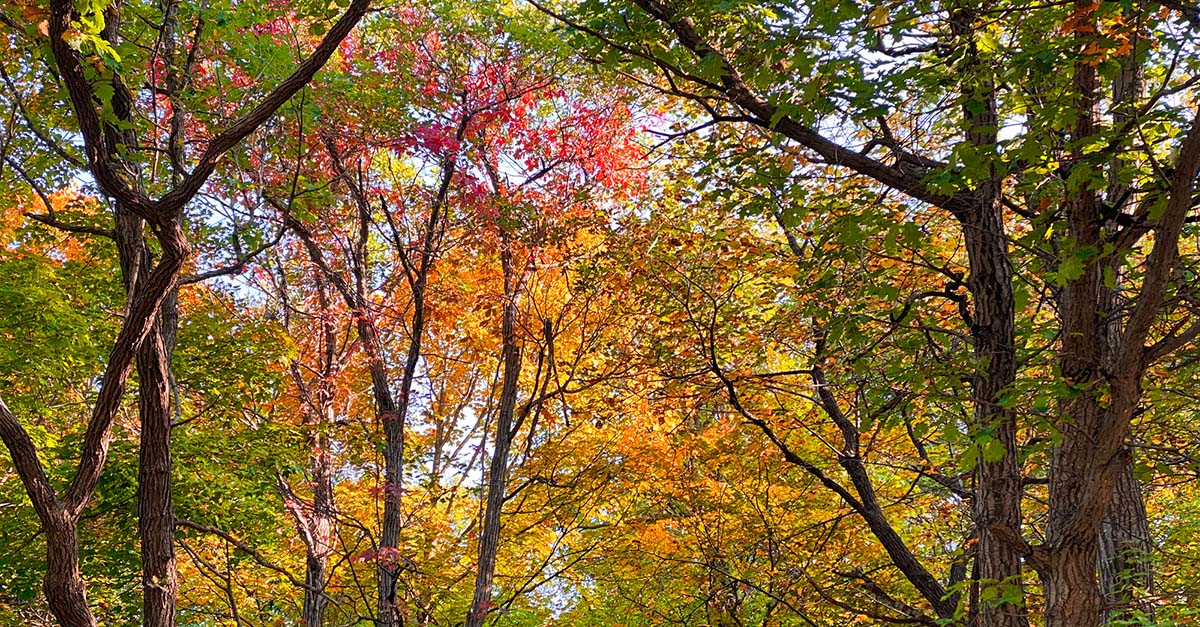From the Ground Up: How to Take Care of Your Summer Soil
Keeping your trees looking great is hard work. It seems like pruning, fertilizing and taking care of all the details can be almost a full-time job. However, there is one other aspect of tree health you may not have considered — soil care. Discover three ways that you can take care of your soil in the summer months. This will help your trees look their best this summer and in the years to come!
- Improve Soil Nutrients. Poor soil nutrition occurs when the soil is too acidic or too alkaline. This is something you will have to work with an expert to determine. You could have a professional tree care company test the soil, or you could prepare a soil sample yourself and send it to the local extension service to find out more about the soil’s current nutrition levels. Once you know more about the existing soil nutrition levels, you can determine the best products to purchase at your garden center to treat the soil and improve its overall health.
- Repair Drainage Issues. If water cannot drain properly, your trees will suffer. Watch what happens when it rains or you water your trees. Does the water drain within 30 minutes? If not, you may have waterlogged roots. Check the soil condition after rain or watering. Does it retain moisture? If it does not, your trees may not get the amount of water they need. Adjusting the landscaping may be all it takes to improve drainage.
- Add Organic Matter. Trees grow best when they have other organic matter in the soil. Leaves, small plants and grass can all improve the growth of your trees. Luckily, this is something you can do yourself. Consider adding other plants near your trees for a boost to their growth.
You do not have to take care of your trees alone — “leaf” it to us! Contact Premier Tree Solutions by clicking here for help with any of your tree-related questions, or call us out to take a look at your trees in person. We would love to help your trees look their best and live their healthiest lives.







